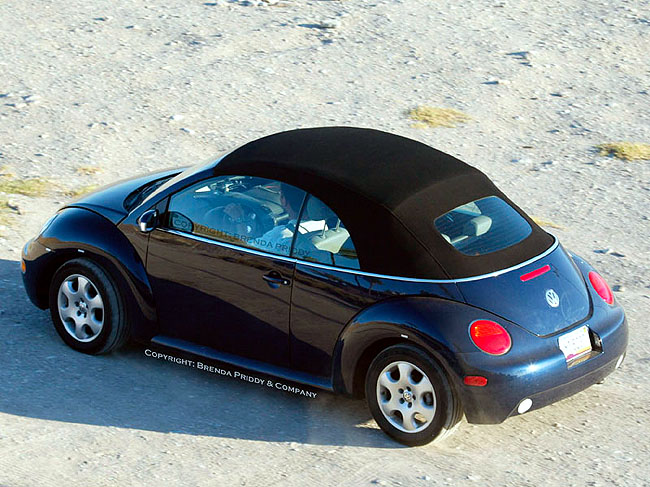
Regenerative braking helps to utilise the energy used in driving as ideally as possible. During coasting and braking phases - i.e. whenever the driver simply releases the accelerator pedal or decides to brake - the system elevates the voltage of the alternator (generator), and it is used to intensively charge the vehicle's battery. Thanks to this alternator control as a function of engine load, and the optimally charged battery that results, the voltage of the alternator can be reduced when this is desirable - e.g. when accelerating or constantly maintaining a desired speed. The alternator may even be shut off entirely. This relieves the engine, which in turn reduces fuel consumption. Regenerative braking requires a special software for energy management and modified engine controller software. In all Volkswagen Touareg versions, a new 8-speed automatic transmission is being used - an advanced development of the previous 6-speed automatic transmission. That makes this Volkswagen the first SUV in the world with this type of transmission.
The automatic is designed for engine torques of up to 850 Newton-metres. Due to the two additional gear levels, a 20 percent larger gearing spread can be attained between 1st and 8th gears. This accomplishes two objectives: First, thanks to this larger spread, the engines operate with even greater efficiency over all speed ranges, making them both more fuel efficient and responsive. Second, it was possible to lay out the 7th and 8th gears as speed-reducing gears (20 percent reduction) - fuel-saving overdrive gears. On the transmission of the previous model, 6th gear handled this job. On the new 8-speed automatic, on the other hand, the car's top speed is reached in 6th gear. The lower engine rpms attained in this way have a positive effect on noise levels as well. If the engine speed required to reach top speed in 6th gear is considered 100 percent, this means that in 8th gear engine speed is reduced by 34 percent. An example: At 130 km/h cruising speed, the Volkswagen Touareg's V6 TSI only turns at about 2,200 rpm.
To optimally isolate the drivetrain from vibration generated by engine torque, further improvements to the torsional damping provided by the torque converter have been made. In the Volkswagen Touareg Hybrid, the 8-speed automatic - which shifts faster than the gearbox on the previous model - is coupled to a transfer case with Torsen differential. This results in a 40:60 distribution of the propulsive force between the front and rear axles. The Torsen differential is already being used in a similar form within the Volkswagen Group, but it was further refined for the Touareg to improve its weight and efficiency. To implement the VW Touareg's smoothly transitioning Stop-Start function in every driving phase, the transmission must be provided with sufficient oil pressure to ensure slip-free power transfer within the gear elements. Conventional gearboxes only accomplish this once the engine has attained a specific idling speed, so that the mechanically driven transmission oil pump can build up sufficient oil pressure and oil flow. This is different on the Volkswagen Touareg's 8-speed automatic: Here the system is supplemented by an electrically driven pump, which is able to maintain a stable oil pressure level within the hydraulic system during the engine's stopped phase.